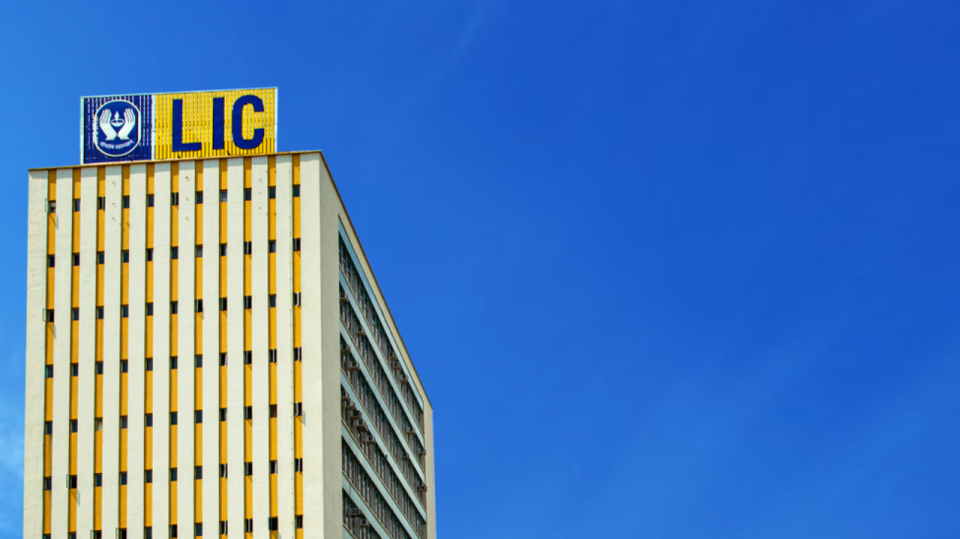Life Insurance Corporation of India, placed in India’s top 10 companies by market capitalisation, was replaced by Bajaj Finance and Adani Transmission, both of which have a market capitalization of Rs 4.4 trillion.
LIC was trading at Rs 674 on the BSE at 9.30 am, up 0.6% from its previous close, giving it a market capitalisation of Rs 4.26 lakh crore.
The insurer’s shares fell 30% from the issue price of Rs 949, wiping Rs 1.75 lakh crore off its market value.
The nation’s largest insurer, with more than Rs 41 lakh crore in assets under management, launched a Rs 20,500 crore IPO in early May before going public on May 17. LIC now ranks eleventh.
The ten most valuable companies in India are Reliance Industries, Tata Consultancy Services, HDFC Bank, Infosys, Hindustan Unilever, ICICI Bank, State Bank of India, HDFC, Bajaj Finance and Adani Transmission.
Recently, LIC reported that its June quarter net profit surged to Rs 683 crore from Rs 3 crore a year ago. But on a sequential basis, net profit was down from Rs 2,371.5 crore in the March quarter. On the earnings call, the insurer said volatility in its profits would be low.
Its new business value fell more than 80% to Rs 1,861 crore from Rs 9,920 crore in the March quarter. On an annualised premium equivalent basis, LIC’s total business stood at Rs 10,270 crore, with a 62.8% share of individual divisions. The life insurer saw a 59% increase in policy sales in the June quarter compared to a year earlier.
“LIC has all the tools to maintain its industry leadership and accelerate growth in high-margin product segments (primarily conservation, non-PAR and savings annuities). However, shifting gears for such a large organisation requires excellent and thoughtful execution. We expect LIC’s APE CAGR will reach 13% in FY22-24, while VNB’s margin may improve to 14.6%. However, we expect the operating ROE to remain at 12.4%. Motilal Oswal Securities, in its latest report, LIC’s 0.7 times FY24 EV valuation seems reasonable given the gradual recovery of margins and diversification of the business portfolio.
LIC is India’s largest life insurer, with 63% of its total new business premiums in an underpenetrated market.
Before the IPO, LIC’s operations were largely focused on a par policy that allowed for continued cash flow. The pre-listing amendments to the LIC Act have resulted in the separation of par and non-par funds and a revised income distribution policy in favour of shareholders (95:5 to 90:10 by FY25). Additionally, LIC is working to diversify its product portfolio to boost the off-face portion of profits.
“We believe the market views LIC as a proxy for the equity market, and the recent market weakness has been excessive. LIC’s first EV report after listing shows investors’ concerns about a material change in asset valuation methodology/revaluation. We Wall Street is expected to be confident in the consistency of future EV reports,” JPMorgan said. The brokerage overweighted the stock and maintained its target price at Rs 860 per share.






